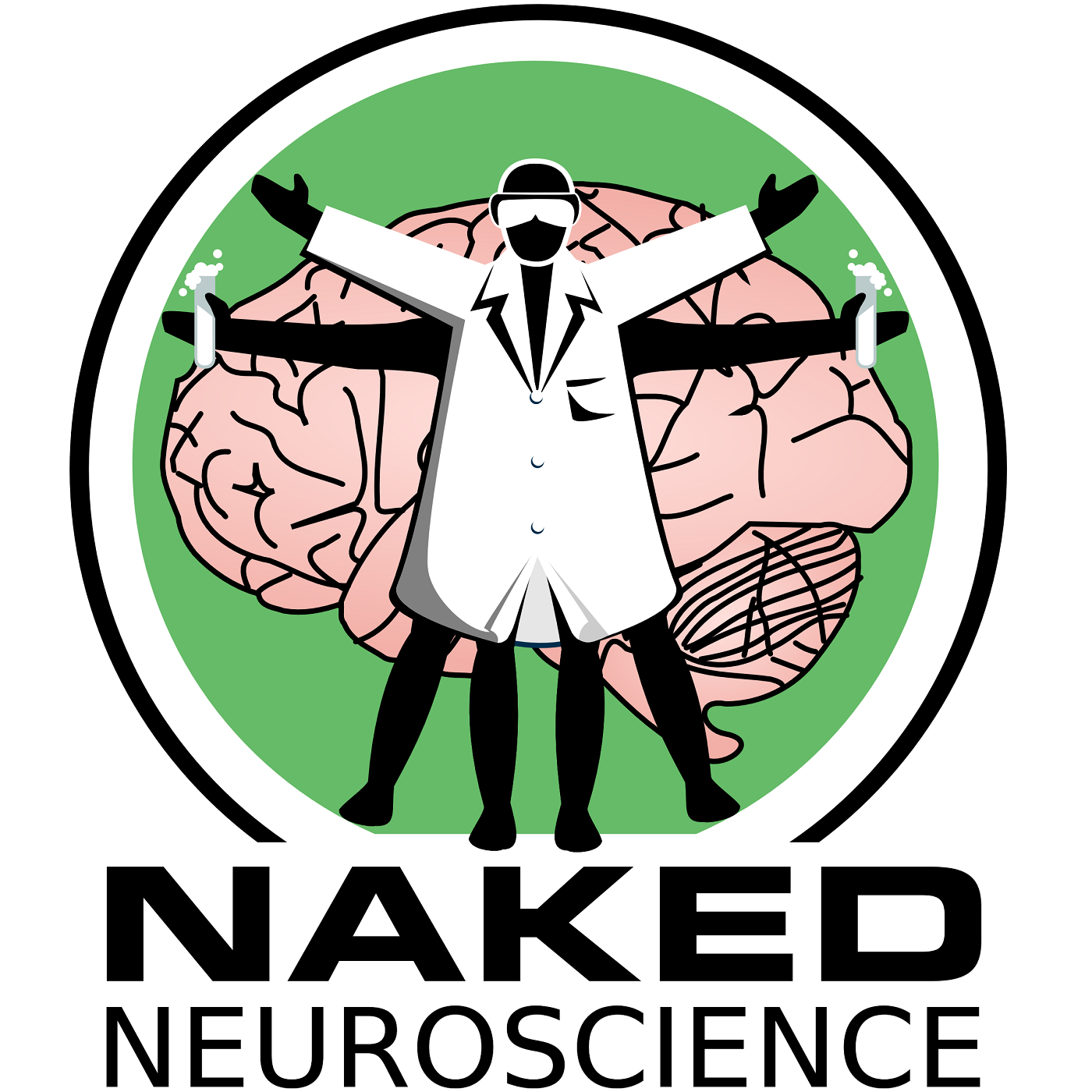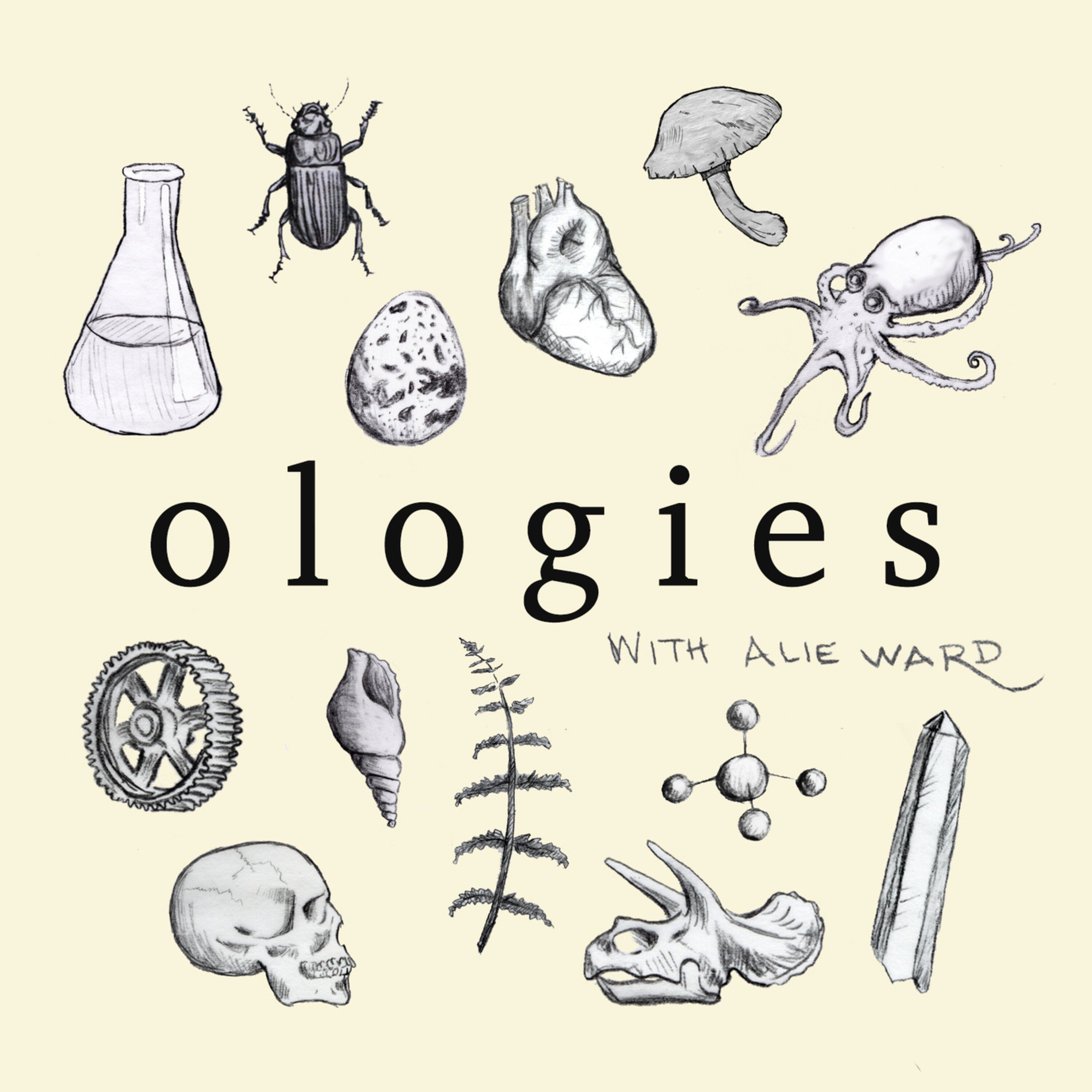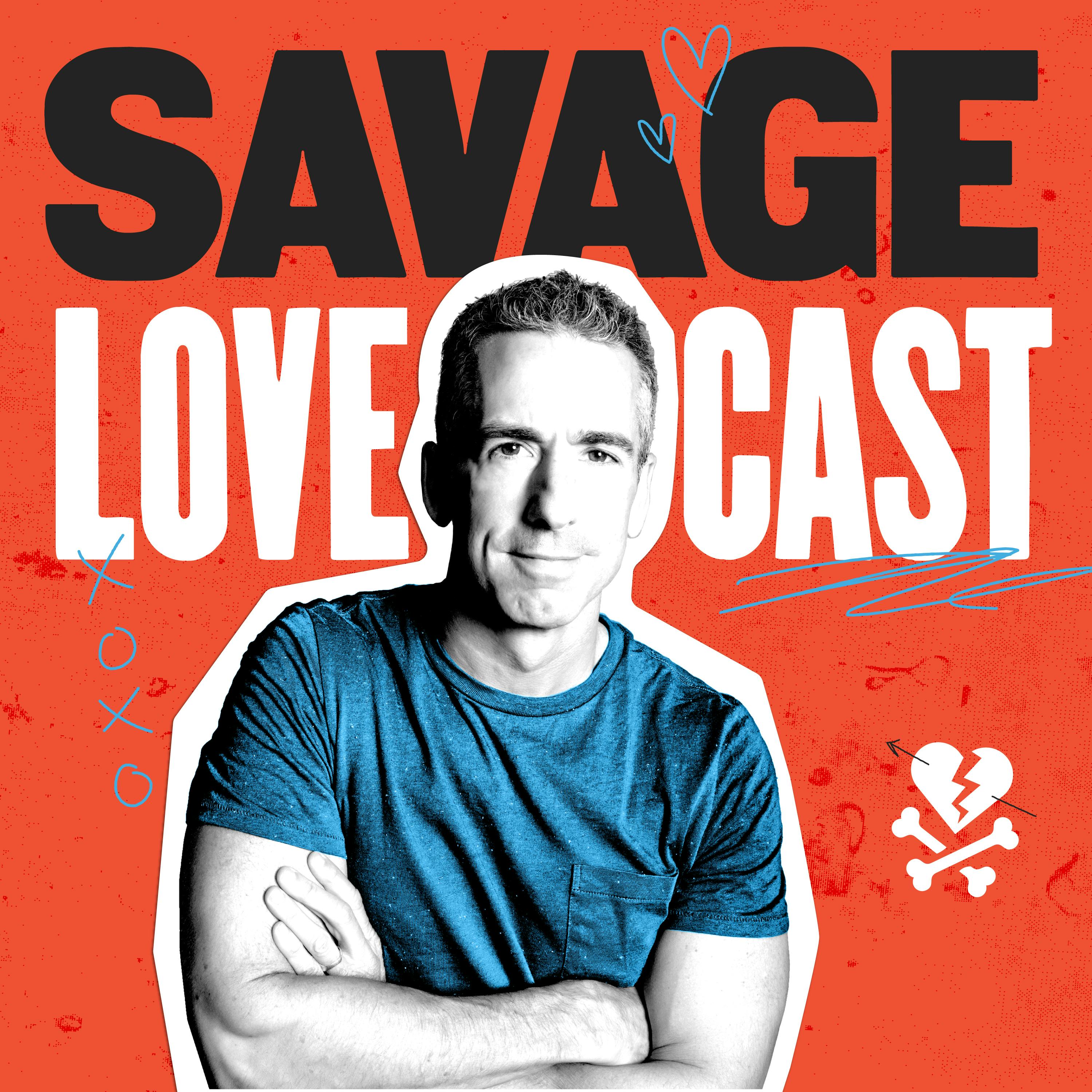
Heliox: Where Evidence Meets Empathy
Join our hosts as they break down complex data into understandable insights, providing you with the knowledge to navigate our rapidly changing world. Tune in for a thoughtful, evidence-based discussion that bridges expert analysis with real-world implications, an SCZoomers Podcast
Independent, moderated, timely, deep, gentle, clinical, global, and community conversations about things that matter. Breathe Easy, we go deep and lightly surface the big ideas.
Curated, independent, moderated, timely, deep, gentle, evidenced-based, clinical & community information regarding COVID-19. Since 2017, it has focused on Covid since Feb 2020, with Multiple Stores per day, hence a sizeable searchable base of stories to date. More than 4000 stories on COVID-19 alone. Hundreds of stories on Climate Change.
Zoomers of the Sunshine Coast is a news organization with the advantages of deeply rooted connections within our local community, combined with a provincial, national and global following and exposure. In written form, audio, and video, we provide evidence-based and referenced stories interspersed with curated commentary, satire and humour. We reference where our stories come from and who wrote, published, and even inspired them. Using a social media platform means we have a much higher degree of interaction with our readers than conventional media and provides a significant amplification effect, positively. We expect the same courtesy of other media referencing our stories.
Heliox: Where Evidence Meets Empathy
Archaeoacoustics: What Did The Past Actually Sound Like?
What did the past actually sound like?
In this fascinating episode, we dive into the emerging field of archaeoacoustics, where scientists are using everything from conch shells to advanced acoustic modeling to reconstruct the soundscapes of ancient civilizations. Discover how the Inca used powerful shell horns called pututus to communicate across vast distances, and how clever architectural design created mysterious 'reverberant halos' in medieval shrines. We'll explore how researchers are combining archaeology, acoustics, and psychology to understand not just what our ancestors heard, but how these sounds shaped their spiritual and cultural experiences. From the echoing chambers of Peru's Chavín de Huántar to the acoustic properties of ancient rock art sites, join us for a mind-expanding journey into how our ancestors used and experienced sound in ways we're only beginning to understand.
References :
Miriam A. Kolar: Archaeoacoustics: Re-Sounding Material Culture”, 2018
Chavín de Huántar Archaeological Acoustics Project
This is Heliox: Where Evidence Meets Empathy
Independent, moderated, timely, deep, gentle, clinical, global, and community conversations about things that matter. Breathe Easy, we go deep and lightly surface the big ideas.
Thanks for listening today!
Four recurring narratives underlie every episode: boundary dissolution, adaptive complexity, embodied knowledge, and quantum-like uncertainty. These aren’t just philosophical musings but frameworks for understanding our modern world.
We hope you continue exploring our other podcasts, responding to the content, and checking out our related articles on the Heliox Podcast on Substack.
About SCZoomers:
https://www.facebook.com/groups/1632045180447285
https://x.com/SCZoomers
https://mstdn.ca/@SCZoomers
https://bsky.app/profile/safety.bsky.app
Spoken word, short and sweet, with rhythm and a catchy beat.
http://tinyurl.com/stonefolksongs
Curated, independent, moderated, timely, deep, gentle, evidenced-based, clinical & community information regarding COVID-19. Since 2017, it has focused on Covid since Feb 2020, with Multiple Stores per day, hence a large searchable base of stories to date. More than 4000 stories on COVID-19 alone. Hundreds of stories on Climate Change.
Zoomers of the Sunshine Coast is a news organization with the advantages of deeply rooted connections within our local community, combined with a provincial, national and global following and exposure. In written form, audio, and video, we provide evidence-based and referenced stories interspersed with curated commentary, satire and humour. We reference where our stories come from and who wrote, published, and even inspired them. Using a social media platform means we have a much higher degree of interaction with our readers than conventional media and provides a significant amplification effect, positively. We expect the same courtesy of other media referencing our stories.
Hey, everyone, and welcome to a deep dive that's going to make you rethink how you look at the past. Ooh, that's a bold statement. It is bold, but I think it's true. We're talking archaeoacoustics today. Archaeoacoustics. Yeah. So basically, sound and ancient civilizations. We've got some wild research papers we dug up and some notes on different projects and all that. Oh, cool. So get ready to kind of open your ears to a whole new side of history. What do you think? I love it. Sound is so often neglected, you know? Right. When we picture the past, we think visually. But those people, they didn't live in silent films. Yeah. Their world was full of music and rituals and all these ways of communicating that we're just barely starting to understand. OK, so it's not just about like, find some old flute or something in the dirt. It's more about like, how did people use sound in their lives every day? Absolutely. And that takes us to this really fascinating intersection of archaeology, physics, and even psychology. We need to understand how sound waves work, obviously, but also how they interact with the environment. Right. And then how people heard those sounds and what they thought about them. Wow. I am hooked already. Good. So where do we even start with all this? Well, your notes mention Chavin de Juantar. Yeah, they do. High in the Peruvian Andes. Yeah. About 3,000 years old. What's so special about that place? Well, Chavin de Juantar is amazing for its architecture and the discovery of these giant conch shell horns. OK, wait. Giant conch shells? They're called putudas. Putudas. Yeah. And researchers actually went there with replicas of these putudas. Wow. Measured how the sound traveled across the valley. I have to admit, I'm having a hard time picturing that. So they were blowing these giant seashells in the Andes. Yeah, basically. It is a pretty striking image. Yeah. And what's really interesting is they found actual putudas at the site. So it wasn't just some random experiment. They were using instruments that were played there thousands of years ago. So they actually found the instruments. That's amazing. And they discovered that the sound could travel over a kilometer, bouncing off this particular rock face across the valley. A kilometer. That's like a really long distance. It is. But besides the fact that these shells made some crazy loud noises, what does that tell us? What's the big takeaway here? Well, put yourself in the shoes of someone living in the Andes, right? A mountainous region. Right. Being able to communicate over long distances, that'd be really important. Yeah, for sure. These putudas could have been used for anything. Coordinating when to plant crops, warnings about danger approaching, who knows? OK, so it wasn't just music. It was like a practical way to talk to each other. Right. But why not just shout? What made sound so special? Sound has this power that goes beyond just words. Think about the feeling you get when you hear like a rallying cry or a really sad song. Yeah. And as we know from historical accounts and even indigenous practices today, sound plays this huge role in ritual and spiritual life. And in the Andes, the mountains themselves were considered sacred. Imagine the sound of a putudu echoing off those slopes. That would have been an incredibly powerful experience. I'm starting to get chills just thinking about it. It makes you wonder, were they just sending messages? Or were they trying to connect with something bigger, like the divine or the spirits of the mountains? That is a fascinating question. And it's exactly the kind of thing that archaeoacoustics tries to explore. How did people perceive and interact with their sound environment? Did they believe that sound could shape their reality? We can't travel back in time, but we can study the physics of sound, the cultures, and start to put together some really interesting insights. It's like detective work, but for sound. Yeah. And speaking of detective work, Arnaud's mentioned another interesting example. This one's in England, though, the Shrine of St. Robert. Oh, yeah. What's the sonic story there? So this one shifts our focus. Instead of long distance communication, we're looking at how sound can create a really unique, almost otherworldly experience in a smaller space. The shrine has these recesses. And researcher David Lubman discovered that they have this remarkable effect on a person's voice. When you speak inside them, your voice gets amplified, and it's really reverberant. Oh, so it's like a natural echo chamber. Exactly. What's really cool is we have these historical documents that describe how people used the shrine. Oh, wow. Pilgrims would come there to pray and to seek spiritual guidance. So it's not just an acoustic phenomenon. It's woven into the very fabric of how people experienced this sacred place. OK, but echoes must have been pretty common back then. Sure. Why would the echoes in this particular shrine be considered special? You have to remember that for people in the past, the world was full of unexplained phenomena. Right. The way their voices reverberated in the shrine, they might have interpreted that as the voice of God or a sign that their prayers were being answered. Wow. It makes you wonder if those recesses were designed to create that effect on purpose. Was this like ancient sound engineering? No, that's a great question. And it highlights one of the biggest challenges of archaeoacoustics. What's that? Figuring out intention. Did they actually design it to enhance the sound of voices, or was it just an accident? It seems almost too perfect to be a coincidence. I know, right? But I guess we'll never know for sure. Maybe not, but that doesn't mean we can't explore the possibilities. And what's so exciting about archaeoacoustics is that it encourages us to think about the past in a whole new way. How so? It reminds us that sound wasn't just background noise. It was this active force shaping how people experienced the world around them. And so far, we've seen how sound could be used for communication, to create a sense of awe in sacred spaces. Right. What other sonic mysteries are out there? Well, if you're thinking about sound in man-made spaces, prepare to be amazed by what we've learned about sound in natural landscapes. OK, all righty. What kind of sonic secrets are hidden in mountains and valleys? You know, we've been talking about these big structures and monuments, but sometimes the most incredible acoustics are found just in nature. Researchers have been studying rock art sites, and they found something fascinating. What's that? A lot of them are in places with really powerful echo effects. So it wasn't just a random cliff face they decided to paint on? Right. They were looking for places where the sound did something specific. It seems that way, like Horseshoe Canyon in Utah. OK. The rock paintings there are almost perfectly placed where the echoes are the strongest. Wow, it's like they were using the sound of the canyon as part of their art. Yeah. But what does it mean? Why use those sonic effects? That's where things get really interesting. Some researchers think these echoes were a way of connecting with spirits or ancestors. Really? Imagine standing there in the canyon surrounded by these ancient images and hearing your voice echoing back, amplified and distorted by the landscape. Spooky. It would be easy to think you were hearing the voices of the past. I could see that. Or even the spirits of the lander. It's like the landscape itself is part of the ritual. Right. And speaking of rituals, we were talking about those ducts at Chavin de Guantar earlier. Uh-huh. The ones that seemed tuned to the pituitaries? Yes. Those ducts are channels built within the temple structure. OK. They seem to have been designed to control the flow of air and sound. So they were thinking about this stuff. It seems like it. Remember those couture does they found at the site? Yeah. Imagine a line of priests moving through the temple, blowing those horns, and the sound being carried and changed by those ducts. Oh, wow. It would have been an incredibly immersive experience. It's like an ancient sound system. Yeah. But instead of speakers and amps, they used the building itself. Exactly. But were these events intentional? Did they really understand acoustics that-- well, that's the million dollar question. There's no easy answer. Archaeoacoustics is pretty new, and we're still putting the pieces together about how ancient people understood and used sound. Right. But it makes us confront our own ideas about the past. What do you mean? We tend to think of ancient cultures as being primitive. But then you see how complex their sonic practices were. And it challenges that whole narrative. I'm starting to realize that we've underestimated ancient people for a long time. They may not have had our technology, but they knew how to use sound in powerful ways. Exactly. And that brings us to another really important point. There are limits to what we can know about the past. Right. We can't go back in time. We can measure sound waves. We can analyze buildings. But we can't actually experience those soundscapes firsthand. So how do we make sure we're not just making stuff up? How do we avoid putting our own modern skin on things? That's where being careful and using good scientific methods comes in. Researchers are really careful about considering the limitations of the evidence. They use all kinds of techniques, like computer models and experimental archaeology, to test their ideas and try to recreate ancient soundscapes as accurately as possible. Like sonic detectives. Yeah. But even with the best technology, there's still a lot we don't know. And that's part of what makes this so exciting. I have to admit, I'm starting to feel a bit overwhelmed by all this. Yeah. It's a lot to take in. It's amazing. But it makes you think about how much we take sound for granted. We just pop in our headphones and don't even think about how those sounds got to our ears. You know you've hit on something important. What's that? We live in a world full of sound. Yeah. Music, traffic, everything. But we're so used to it, we just tune it out. Right. We rarely think about how sound affects us, our mood, our actions, even how we see ourselves. Imagine a world where sound wasn't just background noise, but a force that connected you to your community, your spirituality, and the land around you. It's like we've lost that connection. Maybe. But archaeoacoustics might help us rediscover it. It's not just about the past. It's about understanding sound in our lives today. OK, I like that. And that brings us to something really interesting, experimental psychoarchaeoacoustics. Whoa, what was that? I know it's a mouthful. But it basically means using psychology to study how people react to these ancient soundscapes. So they're not just measuring the sound wave. Right. They're measuring how people feel. Exactly. They're using brain imaging and things like biofeedback to see how these ancient sounds affect us physically and emotionally. Wow. And they're finding that these soundscapes have a big impact, even on people today. It's like even though our world is so different, something about these ancient sounds still speaks to us on some level. Exactly. And one of the things letting us explore this connection is auralization. OK. Remember how we talked about researchers recreating ancient soundscapes in the lab? Yeah, it was like virtual reality, but for sound. Exactly. Auralization is the technology that makes that possible. It uses these really advanced recording and playback techniques to recreate those sonic environments. So you're saying I could put on headphones and hear what it sounded like to be in an ancient temple. It's not quite there yet. Oh. But we're getting close. The possibilities are incredible. I bet. Imagine experiencing an ancient Egyptian ritual complete with chanting, drums, and the way those sounds echoed in a temple that was built to enhance them. Oh, wow. It'd be amazing. It's like we're not just studying the past anymore. We're experiencing it. And that's what's so cool about this. Yeah. It's changing how we think about archaeology and history. It's not just about digging up artifacts and looking at data. It's about feeling it. It's about connecting with the past on a deeper level. I'm starting to think that sound is like a time machine. It can take us to different places and times. Right. And it can connect us to people and cultures that lived long ago. And that brings us back to something we talked about before. What's that? The importance of paying attention to the sounds in our own lives. In a world with so much noise, it's easy to just block it all out. Yeah, sure. But what if we really tried to listen? What if we paid attention to how sound affects our moods, our thoughts, and our experiences? It's like a whole new world opens up when you start to really listen. You hear the rhythm of the city, the sounds of nature, the way people talk to each other. It's all there just waiting for us to notice it. I love that. We've gone from the Andes to England. And we've even talked about rock art and sound. But what's this music archaeology? It sounds like something out of a movie. Huh. Well, it's not quite that exciting, but it is pretty cool. OK, I'm listening. Music archaeology focuses on the sounds of the past, the instruments, melodies, you know, the whole context of how music was made and experienced. So it's like regular archaeology, but instead of digging up broken pots, they're digging up old songs. You could put it that way. But it's more than just finding old instruments. OK, so what else? It's about understanding how they played those instruments, what kind of music did they make, what did it mean to the people who created it. I'm trying to picture that. How do you even start to recreate the music of a civilization that's been gone for thousands of years? Well, sometimes we get lucky and find pieces of musical notation. But often, it's more like detective work. We look at the instruments, how they were built, the materials, any markings that might tell us how they were played. We also look at artwork and writing that shows musical performances. We try to put together clues about the types of music that were popular and the instruments they used. It's like a giant musical puzzle. Exactly. But even if you figure out how the instruments worked, how do you know what the music sounded like? One way is to experiment. Oh, really? We might take a replica of an ancient lyre, for example, and try playing different scales and melodies on it based on what we know about musical traditions from that time. That's wild. It's like giving a voice to the past, literally. Right. And what's even more exciting is that music archaeology is starting to connect with archaeoacoustics. Oh, so? Remember when we talked about oralization, using technology to recreate those ancient soundscapes? Yeah, like stepping into a virtual reality temple or something. Well, imagine combining that with what we're learning from music archaeology. Researchers are now starting to use oralization to recreate not just the sounds of ancient spaces, but the actual music that was played there. Hold on. Are you saying I could put on headphones and hear what a concert in ancient Greece would have sounded like? It's not that good yet, but that's the goal. The possibilities are pretty incredible. Imagine experiencing an Egyptian ritual, the chanting, the drums, all echoing within a temple built to enhance those sounds. That would be amazing. It's like we're not just studying the past anymore. We're really experiencing it. Exactly. And that's what's so revolutionary about this whole field. It's challenging what we thought we knew about archaeology and history. In what way? It's not just about digging up things and analyzing data. It's about feeling it. It's about connecting with the past on a sensory and emotional level. I'm starting to realize that sound is like a time machine. Yeah. It can take us to different places and times, and it can connect us to people who lived long ago. And that brings us back to something we talked about before, being more aware of the sounds in our own lives. In this world where there's noise everywhere, it's easy to tune it all out. Oh, yeah, for sure. But what if we made an effort to really listen, to pay attention to how sound affects us, our moods, our thoughts, our whole experience? It's like a whole new world opens up when you start to really listen. Exactly. You notice the sounds of the city, the sounds of nature, the way people talk to each other. It's all there. We just have to pay attention. This has been an incredible deep dive. Thank you so much for sharing all this with us. And to everyone listening, we hope you'll join us next time for another journey into the past.


















